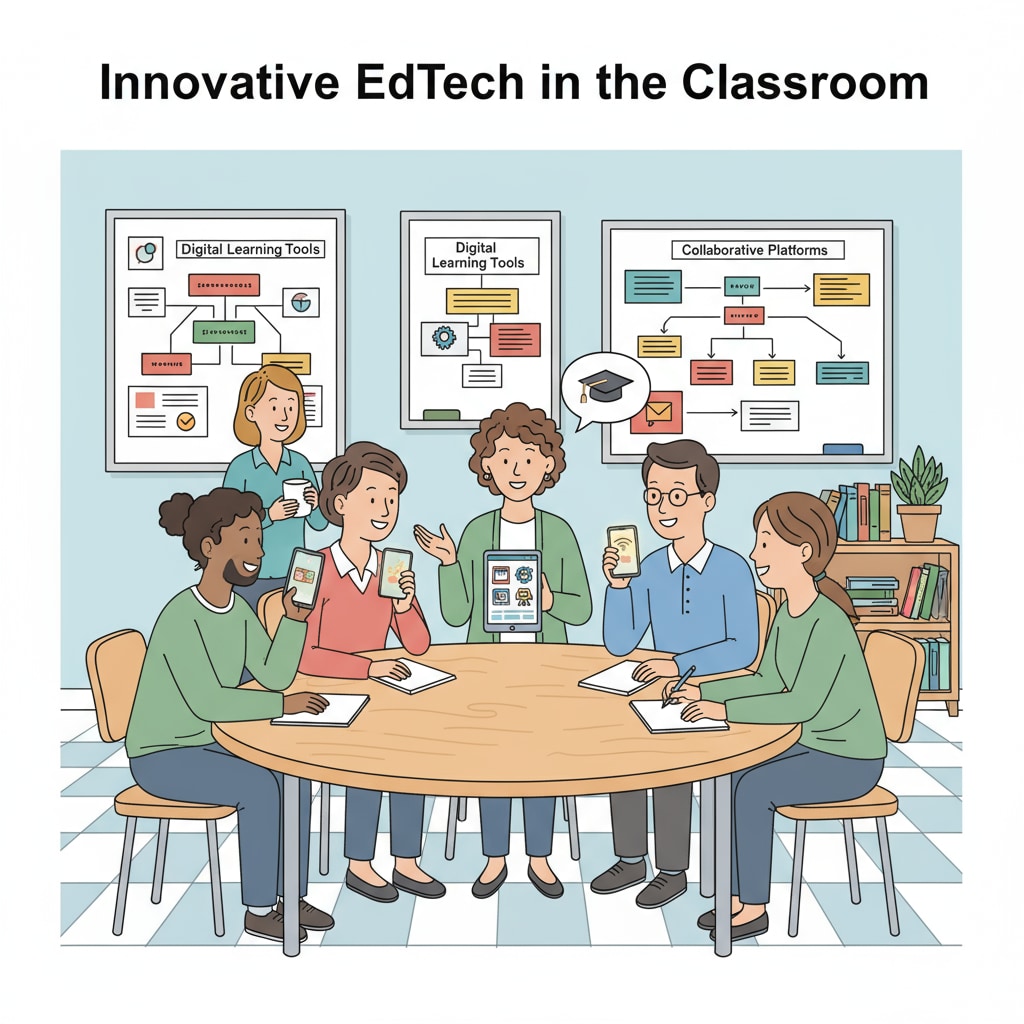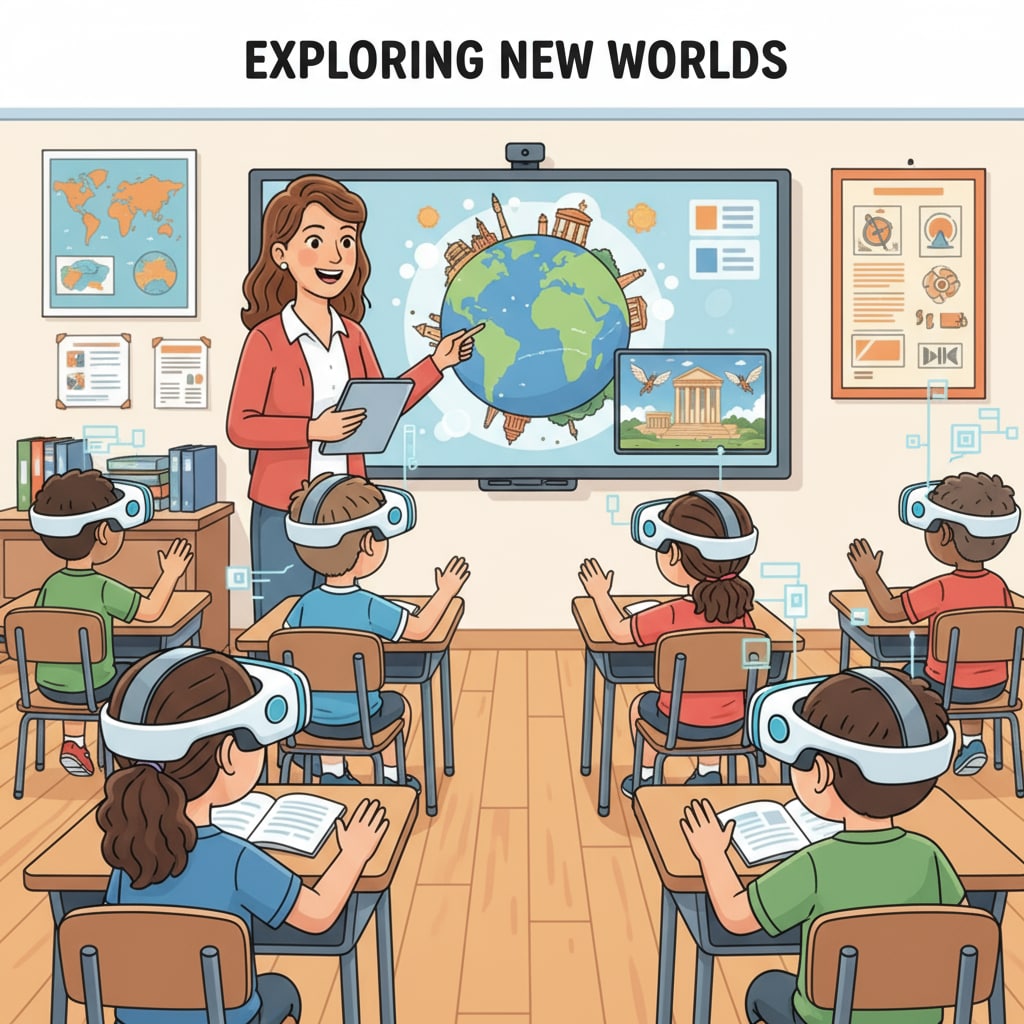Educational technology, teacher resources, and professional development are intertwined aspects in the modern K12 education landscape. As technology continues to evolve, K12 teachers are constantly on the lookout for new tools that can enhance their teaching and meet the diverse needs of their students. This article takes an in – depth look at the channels through which teachers discover these tools and the motivations that drive them to adopt them.
Discovering New Educational Technology Tools
One of the most common channels for teachers to discover new educational technology tools is through peer recommendations. Teachers often share their experiences and favorite tools with colleagues in staff rooms or during professional development sessions. For example, a teacher who has had great success using a particular online assessment tool might recommend it to their peers. This word – of – mouth approach is highly effective as teachers trust the experiences of those in similar teaching situations. According to TeachThought, peer recommendations are among the top ways teachers find new educational resources.

In addition to peer recommendations, professional development workshops and conferences play a crucial role. These events bring together educational technology experts, developers, and teachers. At these gatherings, teachers can attend sessions where new tools are demonstrated and learn about their features and potential applications in the classroom. For instance, the International Society for Technology in Education (ISTE) conference is a well – known event where educators can explore the latest trends in educational technology.
Motivations Behind Adoption
Improving student learning outcomes is a primary motivation for teachers to adopt new educational technology tools. Teachers are always seeking ways to make their lessons more engaging and effective. A tool like a virtual reality (VR) headset can transport students to historical events or scientific environments, making learning more immersive. As a result, students may be more likely to retain information and develop a deeper understanding of the subject matter. According to ASCD, enhancing student achievement is a major factor in teachers’ decision to embrace new technologies.

Another motivation is professional growth. By adopting new educational technology tools, teachers can expand their skill sets and stay relevant in the ever – changing field of education. Learning to use a new learning management system or a digital whiteboard software can not only benefit their current teaching but also open up new opportunities for career advancement within the school district.
Age also plays a role in teachers’ attitudes towards adopting new educational technology tools. Younger teachers, who have grown up in a more technology – saturated environment, may be more open – minded and eager to try out new tools. They are often quicker to adapt to new interfaces and features. On the other hand, older teachers may be more cautious. However, with proper training and support, they can also see the value in these tools and be encouraged to incorporate them into their teaching.
In conclusion, understanding the channels through which K12 teachers discover educational technology tools and the motivations behind their adoption is essential for educational technology developers and school managers. By catering to the needs and interests of teachers, developers can create more user – friendly and effective tools. School managers can also provide the necessary support and training to ensure that teachers can fully utilize these tools for the betterment of student learning and their own professional development. Educational technology, teacher resources, and professional development are all part of a continuous cycle that enriches the K12 educational experience.
Readability guidance: In this article, we have used short paragraphs to make the content more digestible. Lists could be further incorporated in future expansions to better summarize key points. The passive语态 has been kept to a minimum, and transition words like ‘for example’, ‘in addition’, and ‘as a result’ have been used to enhance the flow of the text.


